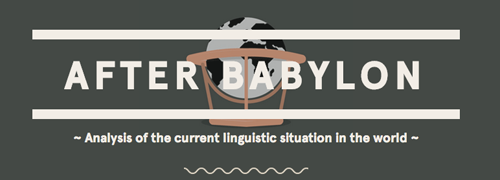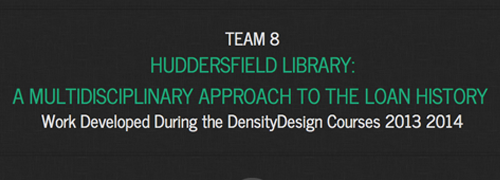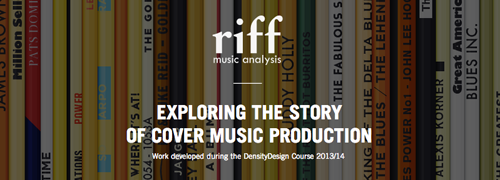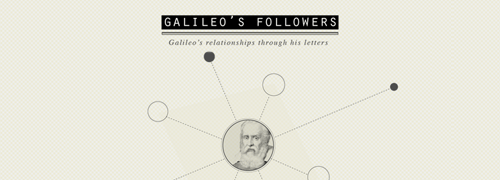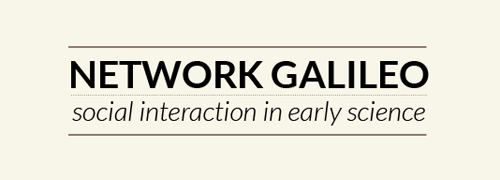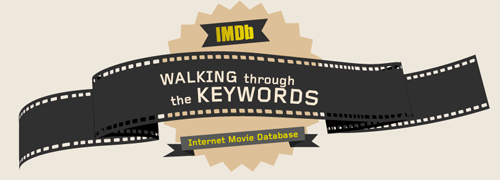Digital technologies affect academic research in many, different, ways. By transforming publishing models, collaborative activities or supporting the storage, the analysis and the dissemination of data and information, computers and Internet have deeply changed the way research is conceived, conducted and communicated.
These new relationships between the ‘digital’ and the ‘humanities’ are rapidly demanding for new, adequate instruments and methods for their observation and interpretation. Information visualizations and interfaces are proving to be essential tools to explore and make sense out of big and heterogeneous amounts of data.
This scenario provides a great opportunity for design – especially communication design – to actively participate in the current definition of new forms of scholarships, contributing at both theoretical and methodological levels and, at the same time, defining new collaborative models with emerging disciplines in the academies.
As first exercise of the year, we ask our students to tell a story about different topics using cultural data. The exercise is a first challenge for Communication Design students: how to transform, analyze and visualize data? how to identify a story, and how to communicate it effectively? Students were free to choose the visual language, the only constraint was the use a one page scroll website.
Although it is the first time these students face with data visualization and coding (sorry if some works don’t work perfectly on all the devices), we think their work is promising.


